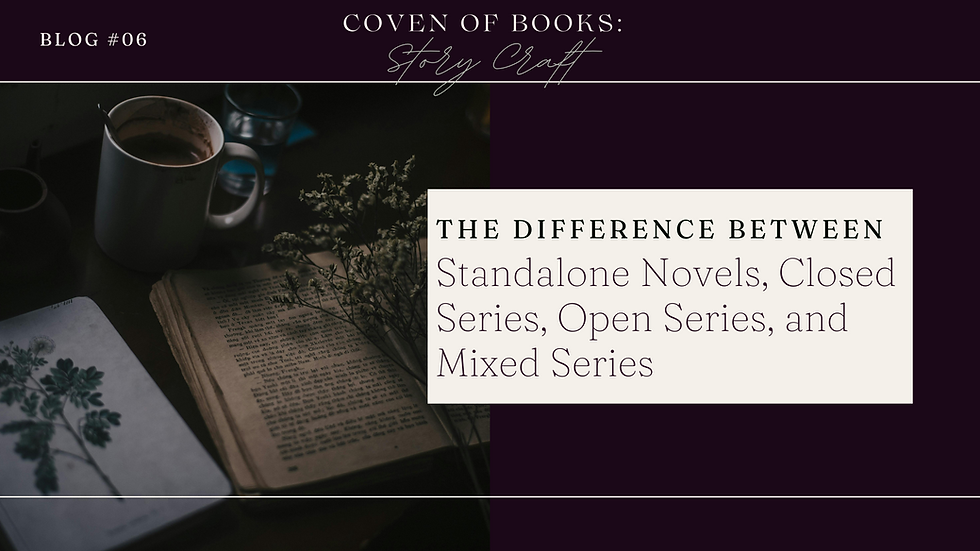Fiction Story Structure: Essential Reads
- Victoria Krouse
- Nov 12, 2024
- 3 min read

Story structure is the backbone of any compelling fiction story, guiding readers through a journey with satisfying arcs and engaging story progression. It’s the framework that holds a story together, organizing scenes, character actions, and pivotal moments to create a cohesive, impactful experience for the reader. But while story structure may seem universal, it’s actually cultural—different societies and traditions have unique approaches to storytelling that reflect their values, rhythms, and worldviews.
What is Story Structure?
At its core, story structure refers to the organization of a story's events, including the sequence and pacing of scenes, turning points, and climaxes. It’s about how a story is built, layer by layer, to create a unified experience from beginning to end. In Western storytelling, structure typically follows a familiar pattern: exposition, rising action, climax, falling action, and resolution. This pattern resonates with readers because it mirrors a journey of growth and change, with clear stakes and emotional highs and lows.
Story structure can be flexible, but must maintain a sense of rhythm and logic to keep readers invested. Key elements—like inciting incidents, conflict escalation, and resolution—help guide readers’ expectations, creating anticipation and emotional investment.
Fiction Story Structure is Cultural
It’s essential to remember that story structure varies widely across cultures. In some cultures, narratives may focus more on atmosphere, moral lessons, or cyclical patterns rather than linear progression. Stories may have open-ended conclusions or focus on collective experiences over individual achievements. Story structure also shifts from genre to genre.
Western, or American, story structure often emphasizes a hero’s journey, individual growth, and a clear sense of closure. Understanding these distinctions can be enlightening, helping writers explore narrative possibilities and appreciate diverse storytelling traditions.
For this blog post, we’ll focus on Western story structure, which most of the following book recommendations emphasize. These resources offer frameworks and strategies for writers looking to create well-structured narratives that focus on individual growth.
Essential Reads for Mastering Western Story Structure
Story Genius: How to Use Brain Science to Go Beyond Outlining and Write A Riveting Novel by Lisa Cron
Cron’s approach to story structure combines psychology with storytelling, emphasizing the importance of a protagonist’s internal journey. She offers techniques to weave character motivations with plot structure, ensuring that each event feels emotionally connected to the protagonist’s arc.
Blueprint for a Book: Build Your Novel from the Inside Out by Jennie Nash
Nash provides a detailed guide for building story structure from the protagonist’s core motivations and desires. Her framework is especially helpful for writers looking to ground their stories in character-driven structure, guiding readers through a journey that feels authentic and purposeful.
Secrets to Outlining a Novel by K. Stanley and L. Cooke
This guide offers practical steps for outlining novels with a clear structure in mind, perfect for writers who want a reliable roadmap. Stanley and Cooke’s methods help writers shape coherent and engaging plots.
Save The Cat! Writes A Novel by Jessica Brody
Adapted from Blake Snyder’s popular screenwriting method, this book applies the “Save the Cat!” beat sheet to novel writing. It offers an accessible, step-by-step approach to crafting stories with strong arcs, appealing to writers who want to create high-impact, well-paced narratives.
The Science of Storytelling by Will Storr
Storr examines the psychological underpinnings of storytelling, providing insights into why certain story structures resonate so deeply with all audiences. This book is excellent for writers interested in the science behind story structure and how to use it to evoke powerful emotions.
Story Structure Architect by Victoria Lynn Schmidt
Schmidt explores different structural archetypes and models, offering a broad overview of story structure in various forms. Her book is ideal for writers looking to experiment with multiple structure options.
5 Secrets to Story Structure by K. M. Weiland
Weiland’s book introduces five key concepts for creating strong story structures, guiding writers through essential elements like inciting incidents, climaxes, and resolutions. It’s a helpful resource for writers who want a straightforward approach to organizing their story arcs.
These books provide a wealth of knowledge for every storyteller, editor, and coach. Whether you're seeking to craft unforgettable characters, improve narrative flow, or guide others in their storytelling journey, this reading list has you covered. Dive into these resources and watch your storytelling—and your authorship—flourish.
Seeking support from an editing professional?
If you're looking for hands-on support to apply these concepts to your own work, consider booking a story materials review, manuscript evaluation, developmental edit, or coaching package with me. Together, we can assess your story’s structure, strengthen its framework, and help it reach its full potential.






Comments